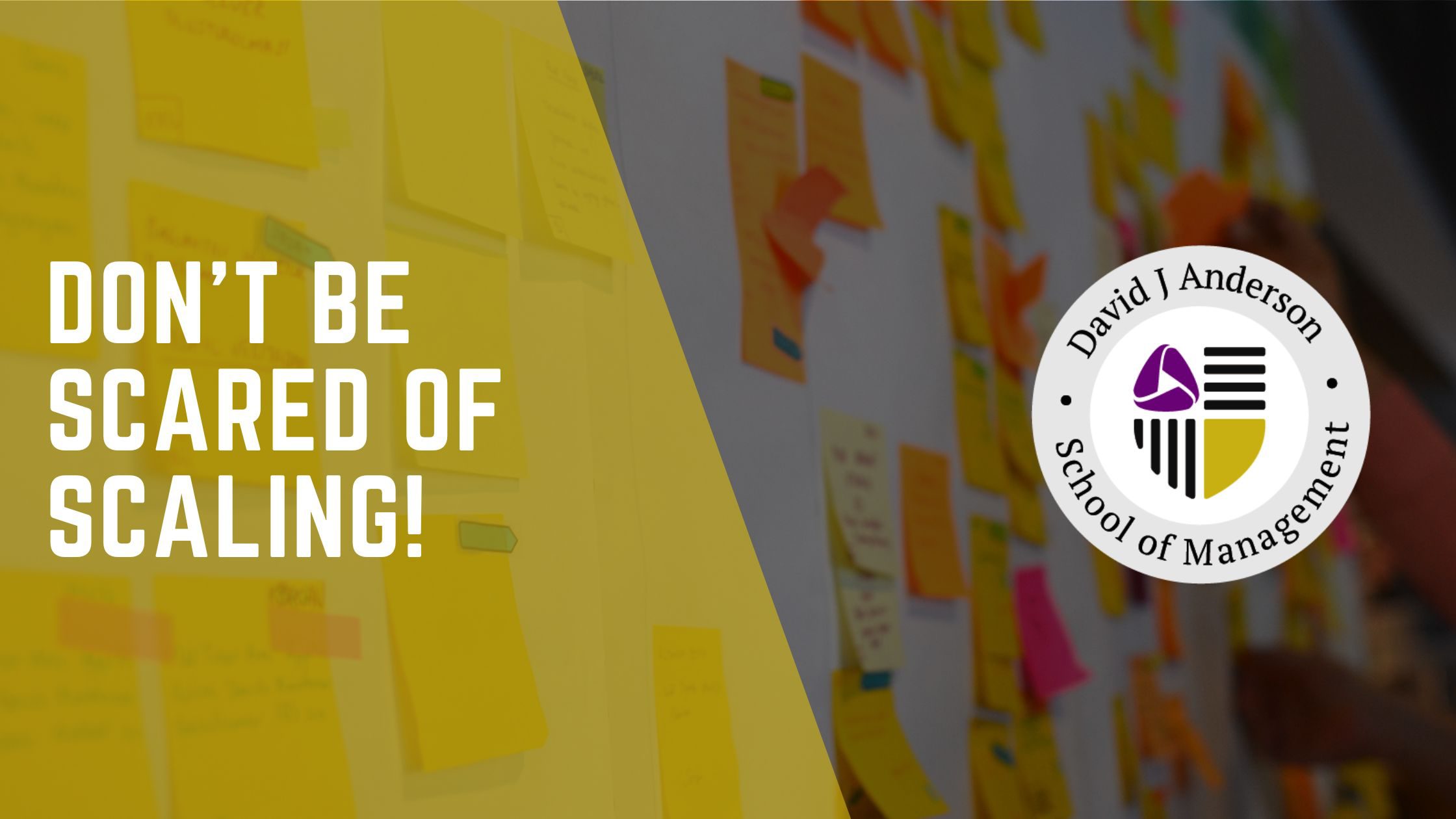Understanding dissatisfaction
STATIK
One of the most popular Kanban coaching tools is STATIK which stands for The Systems Thinking Approach to Introducing Kanban. As the Official Kanban Guide advises (1), it is a repeatable and humane way to get started with Kanban. STATIK can be applied to each service or set of services delivered by an organization to optimize service delivery and the flow of value to customers.
STATIK STEPS
As a reminder, the STATIK workshop (2) comprises eight steps:
- Step 1: Understand what makes the service fit-for-purpose for the customer
- Step 2: Understand sources of dissatisfaction with the current system
- Step 3: Analyse demand
- Step 4: Analyse capability
- Step 5: Model the workflow
- Step 6: Discover classes of service
- Step 7: Design the Kanban system
- Step 8: Socialize the design and facilitate implementation
In this article, we will focus on Step 2: “Understand sources of dissatisfaction with the current system”. The goal is to understand how to maximize value in our service delivery from two systemic perspectives: Internal and External.
- The internal perspective is a summary of factors a team identifies as slowing them down, causing delays, or patterns that cause work to be blocked or put on hold.
- The external perspective is the feedback the team receives from those to whom they deliver their services. It could be another internal team, a partner organization, or customers.
When conducting this exercise, I look for the correlation between the internal and external pain points.
Internal
For example, internally, an IT organization identified that:
- Teams initiate new work before completing their ongoing tasks.
- Engineers are requested to prioritize speedy delivery at the cost of adhering to agreed practices.
- Delivery commitments are established without involving the input of the delivery team.
- Individuals lack sufficient information to complete the tasks they have committed to.
External
Externally, their customers had strong feedback about:
- Late or lengthy delivery times
- Lack of quality that required rework
- Lack of communication
- Lack of delivery predictability.
To establish causality, understanding the correlation between the team and customer dissatisfaction sources across a value stream will help you. Then, you can build consensus around what you must address first to create the most positive impact for customers.
Why do we use STATIK?
I use this exercise to engage organizations and their customers to co-create the initial transformation approach and the motivation for change. We don’t use Kanban for the sake of Kanban. It is used to understand our customers’ pain points so we can maximize the value of our services to them.
Hence this STATIK exercise helps organizations orient quickly to address the most important pain point or to address the greatest possible opportunity for creating better outcomes. Pick the most valuable opportunity you can solve for now. If the top one is not possible to solve right now, pick the next most valuable one you can tackle and look to create conditions to solve for the bigger one later.
Lastly, please consider making all the voices in your system heard. When you conduct STATIK, have people participate from across the whole value stream. There is something almost magical in every system and Kanban helps make the magic visible, tangible, and actionable:
- Visualize the process and its constraints
- Listen to all voices in your value stream and your systems
- Prioritize and understand where you are going to start changing based on value to your customers.
And before you realize it, your organization might deliver 5 times more value and 5 times faster.
- “The Official Kanban Guide” can be downloaded from the Kanban University webpage. Look for more details at: https://kanban.university/
- https://www.linkedin.com/pulse/statik-systems-thinking-approach-implementing-kanban-david-anderson/
Learn more about STATIK
Want to learn more about STATIK? Check out our Kanban Management Professional courses here!





